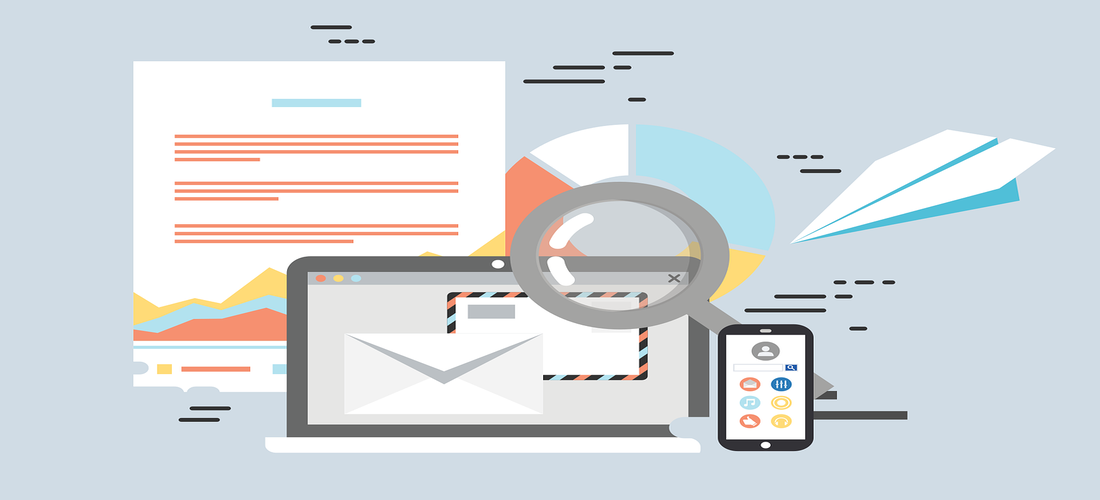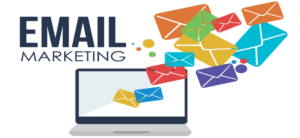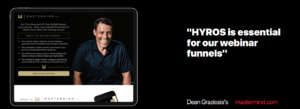In today’s digital age, Businesses are constantly looking for new ways to reach out to their target audience and convert leads into customers. While social media and paid advertising have gained popularity in recent years, email marketing remains a tried-and-true strategy that can help businesses of all sizes achieve their marketing goals. In this article, we’ll explore the advantages of email marketing and why you should consider making it a part of your marketing strategy in 2023.
Table of Contents
- Introduction
- Advantages of Email Marketing
- Increased Reach
- Cost-Effective
- Personalization and Customization
- Measurable Results
- Better Conversion Rates
- Increased Customer Engagement
- Getting Started with Email Marketing
- Building an Email List
- Choosing an Email Marketing Platform
- Crafting an Effective Email Campaign
- Best Practices for Email Marketing
- Segment Your Audience
- Use Eye-Catching Subject Lines
- Create Engaging Content
- Include a Clear Call-to-Action
- Test and Optimize Your Campaigns
- Conclusion
- FAQs
Advantages of Email Marketing
Increased Reach
Email marketing allows you to reach a large audience with minimal effort. According to Statista, the number of global email users is expected to reach 4.6 billion by 2025. By sending emails to your subscribers, you can ensure that your message is delivered directly to their inbox, where they are likely to see it.
Cost-Effective
Compared to other marketing strategies, email marketing is relatively inexpensive. With email marketing, you don’t need to pay for expensive ad space or printing costs. Instead, you can use email marketing software to create and send professional-looking emails at a fraction of the cost.
Personalization and Customization
Email marketing allows you to personalize your message and tailor it to the interests of your audience. By using data such as location, age, and purchase history, you can create targeted campaigns that are more likely to resonate with your subscribers.
Measurable Results
One of the biggest advantages of email marketing is that it is highly measurable. With most email marketing platforms, you can track metrics such as open rates, click-through rates, and conversion rates. This allows you to see how well your campaigns are performing and make adjustments as needed.
Better Conversion Rates
Email marketing has been shown to have a higher conversion rate than other marketing channels. According to a study by DMA, the average ROI for email marketing is $42 for every $1 spent. This is because email allows you to build a relationship with your subscribers and provide them with valuable content that can lead to sales.
Increased Customer Engagement
Email marketing allows you to engage with your customers and build a relationship with them over time. By providing them with relevant and valuable content, you can keep your brand top-of-mind and encourage them to make a purchase.
Getting Started with Email Marketing
Building an Email List
The first step in getting started with email marketing is to build an email list. You can do this by offering a lead magnet such as an ebook, webinar, or free trial. Make sure to get permission from your subscribers before adding them to your list.
Choosing an Email Marketing Platform
There are many email marketing platforms available, each with its own set of features and pricing plans. Some popular options include Mailchimp, Constant Contact, and Campaign Monitor. Choose a platform that meets your specific needs and budget.
Crafting an Effective Email Campaign
When crafting your email campaign, make sure to include a clear and compelling subject line, a personalized greeting, and engaging content that speaks to the interests of your audience.
Best Practices for Email Marketing
To make the most of your email marketing efforts, it’s important to follow best practices that can help you achieve better results.
Segment Your Audience
Segmenting your audience allows you to send targeted messages to specific groups of subscribers based on their interests, behavior, and demographics. This can help you improve engagement and conversion rates.
Use Eye-Catching Subject Lines
Your subject line is the first thing your subscribers will see when they receive your email. Make sure it is eye-catching, personalized, and relevant to the content of your email. Avoid using spammy language or making false promises.
Create Engaging Content
The content of your email should be engaging, informative, and relevant to the interests of your audience. Use a mix of text, images, and videos to make your content more visually appealing and easy to consume.
Include a Clear Call-to-Action
Your email should include a clear call-to-action that tells your subscribers what you want them to do next. This could be to visit your website, make a purchase, or sign up for a free trial.
Test and Optimize Your Campaigns
To improve the effectiveness of your email campaigns, it’s important to test different elements such as subject lines, content, and calls-to-action. Use A/B testing to compare the performance of different versions of your email and make data-driven decisions.
Conclusion
Email marketing remains a valuable tool for businesses of all sizes. It allows you to reach a large audience with minimal effort, personalize your message, and achieve measurable results. By following best practices and crafting engaging content, you can build relationships with your subscribers and increase conversions. If you haven’t already, consider making email marketing a part of your marketing strategy in 2023.
FAQs (Frequently Asked Question)
How often should I send emails to my subscribers?
It’s important to find a balance between staying top-of-mind and avoiding spamming your subscribers. A good starting point is to send one email per week or every two weeks, depending on your industry and audience.
What should I include in my welcome email?
Your welcome email should thank your subscribers for signing up, introduce your brand and products, and provide them with valuable content such as a discount code or a link to a free resource.
How can I grow my email list?
You can grow your email list by offering a lead magnet, hosting a giveaway, partnering with other businesses, or using social media to promote your email list.
How can I improve my email open rates?
To improve your email open rates, make sure your subject line is clear, personalized, and relevant to the content of your email. You can also try segmenting your audience and testing different subject lines.
Can I use email marketing for B2B marketing?
Yes, email marketing is a valuable tool for B2B marketing. By targeting decision-makers and providing them with valuable content, you can build relationships and generate leads.




